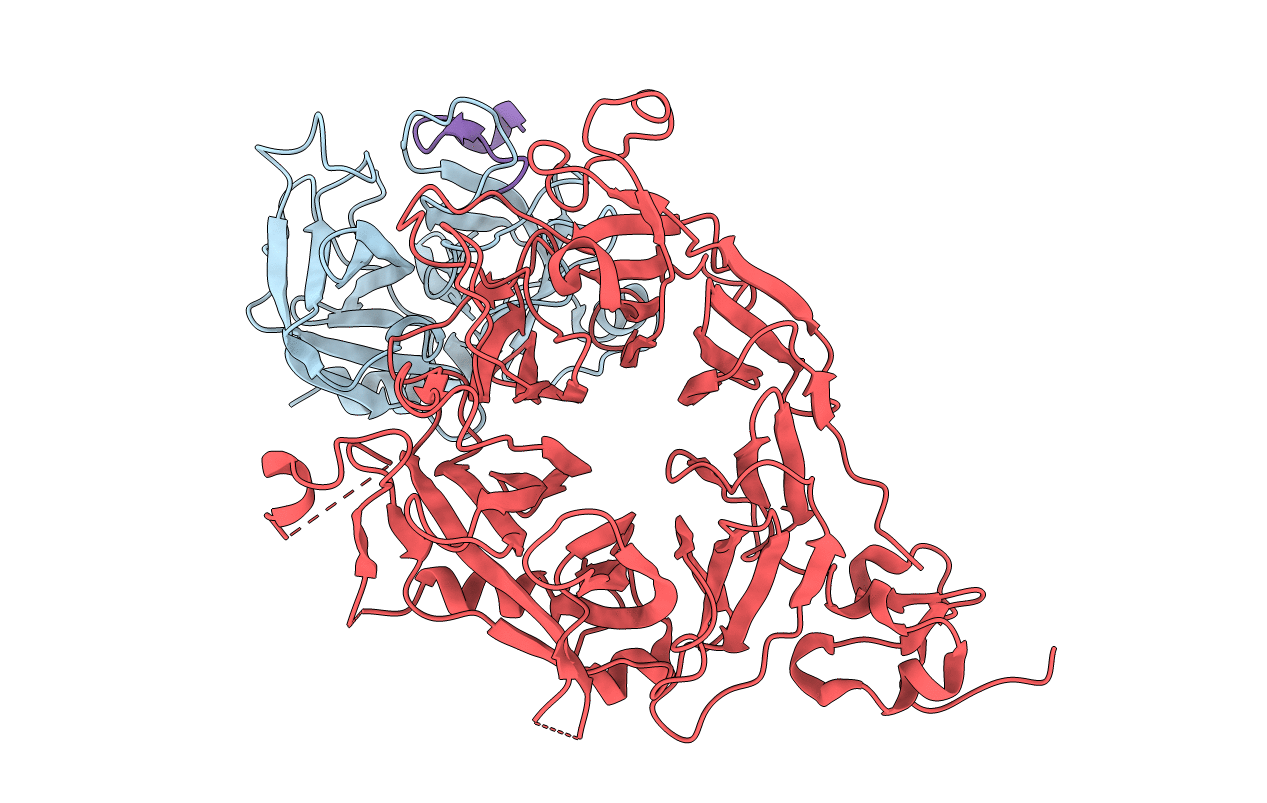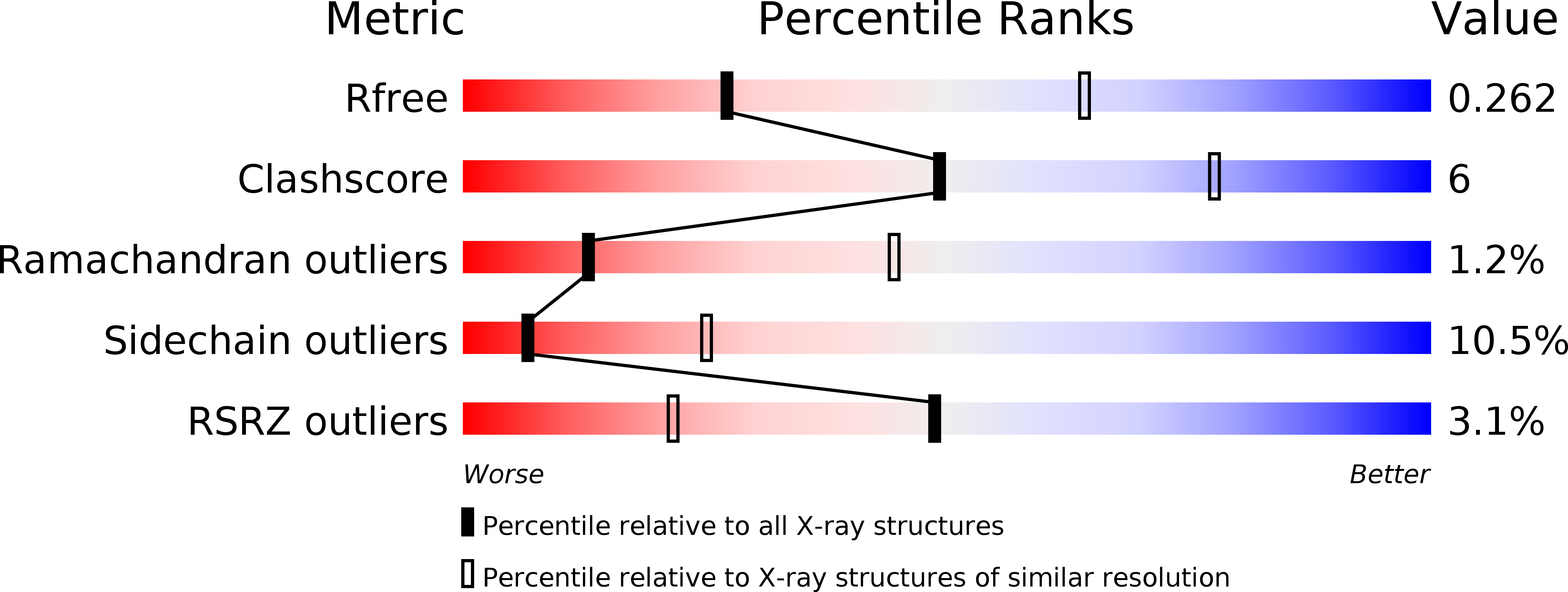
Deposition Date
2013-12-18
Release Date
2014-06-04
Last Version Date
2024-10-09
Entry Detail
PDB ID:
4O3U
Keywords:
Title:
Zymogen HGF-beta/MET with Zymogen Activator Peptide ZAP2.3
Biological Source:
Source Organism:
Homo sapiens (Taxon ID: 9606)
synthetic (Taxon ID: 32630)
synthetic (Taxon ID: 32630)
Host Organism:
Method Details:
Experimental Method:
Resolution:
3.04 Å
R-Value Free:
0.25
R-Value Work:
0.20
R-Value Observed:
0.20
Space Group:
P 21 21 2


